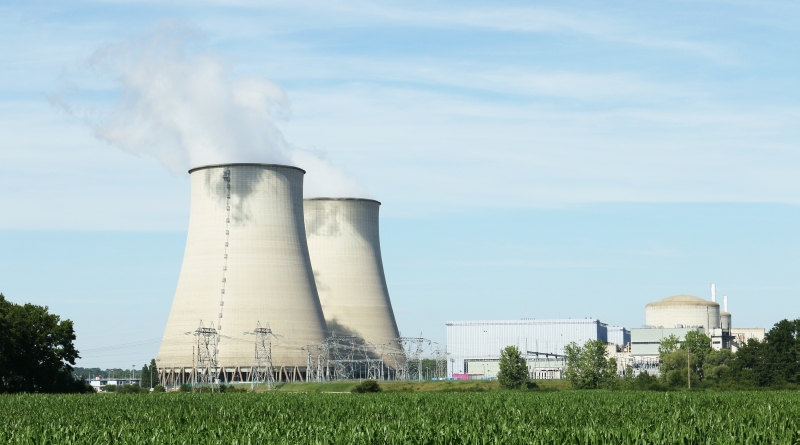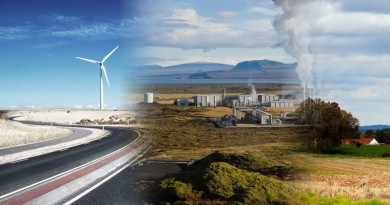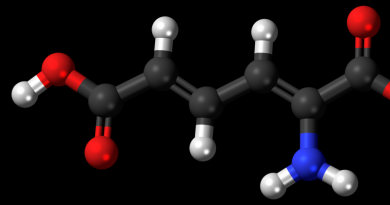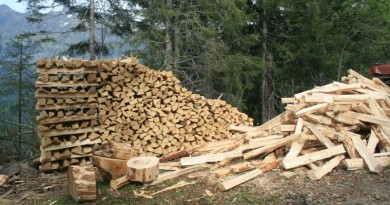How does nuclear power plant work?
Nuclear energy still accounts for significant amount of total energy consumption in the world, even despite the recent Fukushima accident that tarnished the image of nuclear energy in eyes of many people. Throughout this article we will take a closer look at a working principle of nuclear power plant, namely how does nuclear power generate electricity.
Nuclear power plant is basically a facility that converts energy of mass into the electricity. Mass is converted into energy by process described with famous Einstein’s equation E=mc2 – released energy is equal to transformed mass (m) times speed of light (c) squared. Nuclear power plants, concentrated solar thermal power plants, geothermal power plants and fossil fuels power plants have very similar working principle in the way they generate electricity, and the only thing that is really different is their fuel source to generate heat. Nuclear power plants usually use enriched uranium U-235 as their fuel source.
Nuclear power plants split the uranium atoms into lighter elements in the process called nuclear fission, and the result of this is the tremendous amount of heat. In order to unlock the energy in the uranium atom you need the right moderator, in nuclear power plants this moderator is heavy water. Heavy water slows down neutrons so that they are more likely to react with the fissile uranium-235 than with uranium-238 which captures neutrons without fissioning. Heavy water is special kind of water. Heavy water is called heavy because it is ten percent heavier than the ordinary water. This is because heavy water contains a higher than normal proportion of deuterium, a form of hydrogen.
The heavy water surrounds the nuclear fuel bundles, and slows down the neutrons. Neutrons need to be slowed down because by doing so they have the better chance to hit and split the uranium atoms. A chain reaction of uranium atom splitting ensures the constant source of heat to heat the heavy water. The heated heavy water is pumped through the reactor in the closed system through a set of boilers where it boils ordinary water into high pressured steam. Afterwards, heavy water is re-circulated back to the reactor to pick up more heat and cool the fuel. The high pressured steam made from ordinary water then gets transported to large turbines through large pipes where it pushes the blades and turns the shaft connected to a rotor in the generator. This causes rotor to spin, and its spinning creates electricity.
All modern nuclear power plants have highly sophisticated safety systems that ensure maximum safety of this process so the new Chernobyl accident looks almost impossible to happen. It also has to be said that nuclear waste disposal is still the biggest issue connected with nuclear power plants. Since nuclear power facilities need to obtain maximum safety standards nuclear accidents are extremely rare. The nuclear waste question is completely different issue because nuclear waste remains radioactive for more than 5000 years, and storing it safely for such a long period is anything but easy.
U.S. nuclear power plants alone produce around 2,000 metric tons of nuclear waste per year. This is large amount of waste that needs to be safely stored, and U.S. is still looking for an adequate solution. In fact, U.S. Department of Energy has even created the so called „nuclear waste panel“ that includes former Congressmen, academics, and business leaders in hope to find an adequate nuclear waste storage solution.



